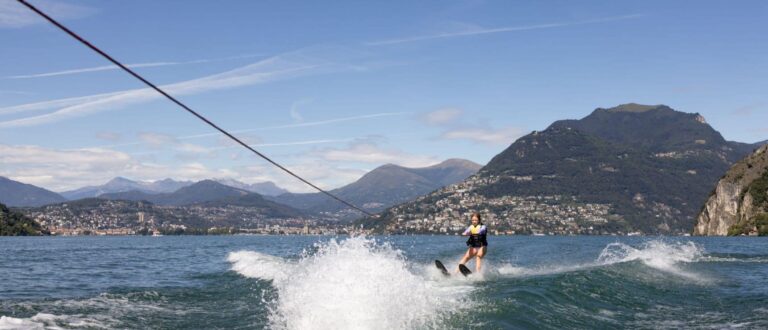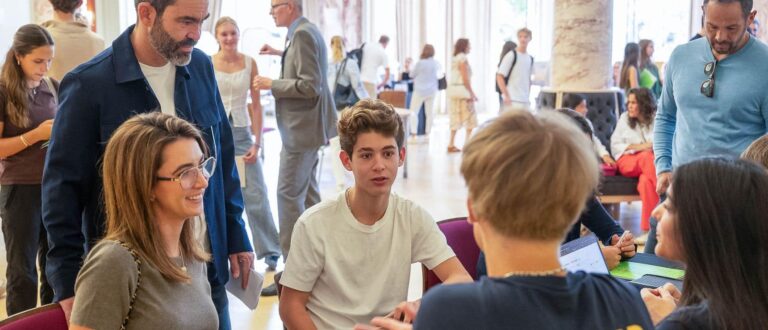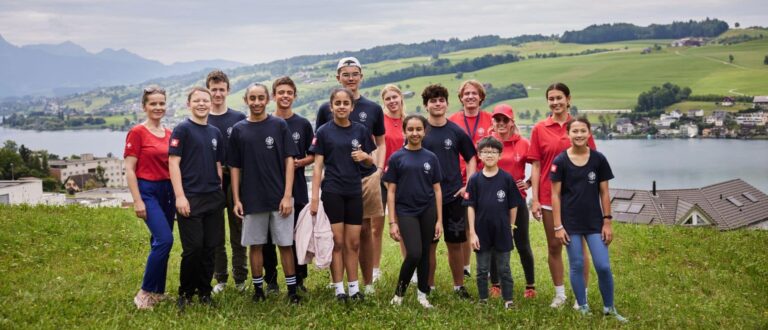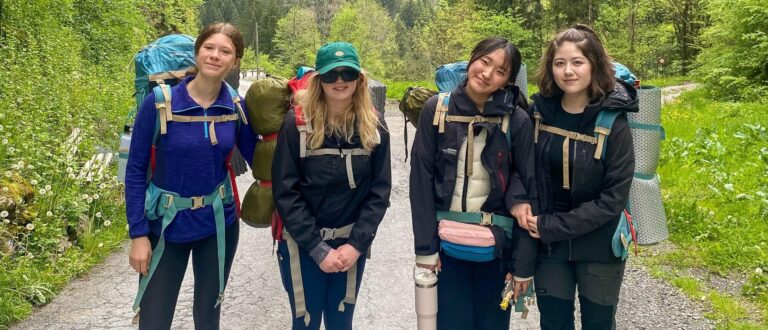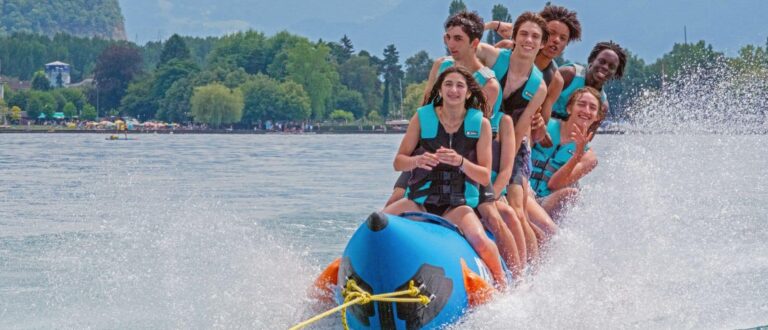Recently, at Leysin American School in Switzerland, grade 12 students from IB Biology and Environmental Systems and Societies classes participated in an exciting ecology field trip in the beautiful landscape of Leysin. This outdoor learning experience allowed students to engage with stream and meadow ecosystems, applying classroom knowledge in the real world and refining their skills in scientific observation, data collection, and analysis.
Experiential learning is a core component of learning at LAS, and bringing students outside the classroom allows them to engage with the world around them, learn from hands-on experiences, and enjoy being in our stunning landscape. We believe that experiential learning encourages students to apply their in-classroom experiences to the real world, fostering a sense of global citizenship and innovation.
The field trip involved investigating two key ecosystems—the stream and the meadow—while focusing on both biotic (living organisms) and abiotic (non-living) elements of these environments. In the stream, students gathered biological data by sampling macroinvertebrates such as mayflies and stoneflies, pollution-sensitive species that serve as water quality indicators. These creatures are crucial to assessing the overall health of the stream, and their presence provided students with valuable insights into the cleanliness of the water.
Students also collected abiotic data, measuring water temperature, pH levels, dissolved oxygen, turbidity, and flow rate using various scientific tools. These measurements allowed students to understand the interaction between abiotic factors and aquatic organisms. Combining hands-on data collection and discussions with their teachers improved students’ understanding of how scientific methods are applied in the field, highlighting the importance of careful data analysis and evaluation for reliable results.
In the meadow, students focused on plant biodiversity. Using quadrat sampling, a key technique in ecological studies, they placed square frames randomly in the meadow and recorded the number and types of plant species present. This exercise was a more engaging way for students to meet course objectives than simply learning these techniques in a classroom setting. By observing real ecosystems, students could see the direct impact of their studies on understanding biodiversity and ecosystems.
In addition to academic learning, the field trip allowed students to reflect on how human activity, such as farming, drainage, and construction affects these natural environments. The stream the students studied has been impacted by a nearby fish farm and ongoing construction, making the students’ work even more relevant. These discussions are related to the broader context of the United Nation’s Sustainable Development Goal 6, which promotes access to clean water and the responsible management of water resources. For the past three years, LAS students have studied this particular stream, giving them a deeper understanding of how human factors can influence ecosystem health over time.
After a morning of scientific exploration, students and teachers gathered for a BBQ lunch, reflecting on their studies and enjoying the natural beauty of their surroundings. In the afternoon, they returned to their studies, focusing on how agricultural practices in the surrounding fields impact biodiversity.
This field trip showed our school’s commitment to experiential learning, a core aspect of our mission. By learning outside the classroom and applying this new knowledge to real-world situations, students develop essential critical-thinking skills, learn to work collaboratively, and develop a deeper understanding of their environment. These hands-on experiences, combined with innovative technology, push students to think creatively while preparing them for their future as global citizens.


